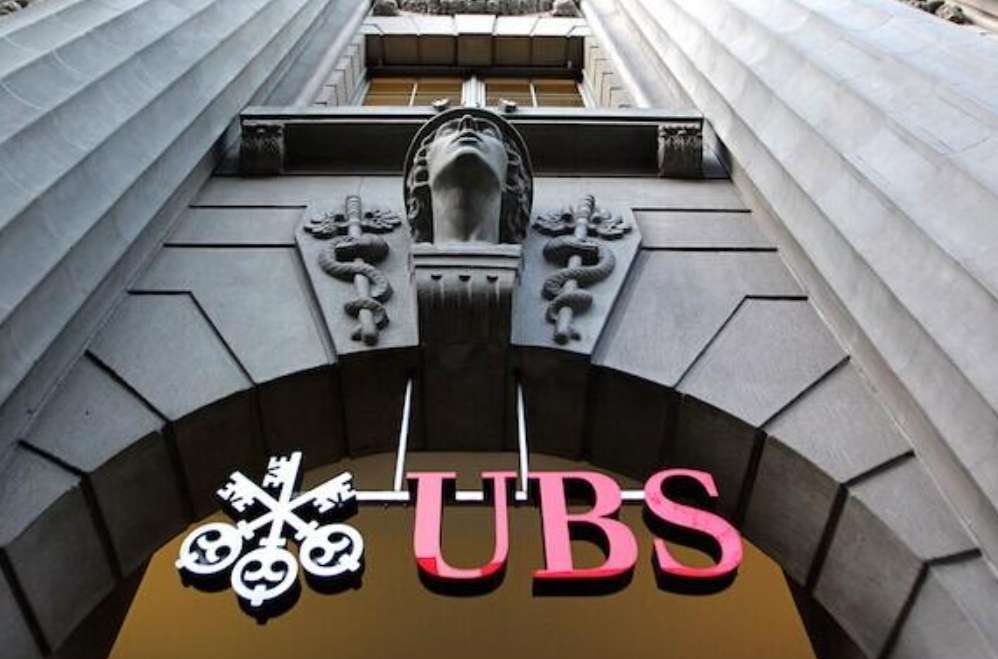Credit Suisse Faces Mounting Crisis
Advertisements
In March 2023, a seismic shock rippled through the financial world, centered around the hallowed institution of Credit Suisse, a name synonymous with Swiss banking prestigeThe chic façade of financial stability was ruthlessly stripped away when the bank's annual report disclosed significant deficiencies in its financial processes for the fiscal years 2021 and 2022. This revelation was a bombshell, and the source of the detection was none other than PwC, one of the esteemed 'Big Four' auditing firms known for its stringent standards and deep involvement with major corporate finance.
The impact of PwC's findings was palpable, akin to a doctor diagnosing a chronic illness in a seemingly robust patientTrust, once the cornerstone of Credit Suisse's operations, began to wither as these alarming disclosures raised urgent questions about the bank's internal controls, risk management practices, and overall financial health
Investors swiftly reacted, with an immediate ripple effect unsettling shareholders and market participants alikeThe reaction was less a shock than it was a confirmation of deep-seated fears that had been bubbling beneath the surface.
As the news spread, the primary shareholder—Saudi National Bank—made a stunning declaration of non-support, choosing not to increase its stake in the beleaguered bank, which had already suffered substantial losses since investing a hefty sum to acquire a 9.9% share only a year priorThe swift rejection from such a prominent investor sent panic through the ranks of other shareholdersWithout a safety net, many opted for the exit, leading to a dramatic decline in stock prices that left the bank spiraling into chaos.
This turmoil stemmed from a confluence of miscalculations and poor strategy on Credit Suisse's partThe bank, in its relentless pursuit of high returns, dabbled in precarious investments that went awry
- Persistently Driving Institutional Innovation
- Fed Rate Cuts in 2025: The Risk of No Action
- Tech Giants Surge!
- Economic and Market Outlook
- Can Tech Stocks in the US Make a Comeback?
Take the ill-fated dealings with the notorious figure, Bill Hwang, who leveraged hefty loans in a bid to profit from Chinese stocksUpon initially exploiting favorable market conditions, his operations eventually unraveled under the weight of regulatory scrutiny and a hostile marketCredit Suisse’s entanglement in these high-stakes gambles not only resulted in considerable financial losses but also illuminated the bank’s precarious position in the global financial system.
Moreover, the bank's forays into venture capital and its significant holdings in supply chain financial services came crashing down amidst global disruptions caused by the COVID-19 pandemic and geopolitical tensions, notably the Russia-Ukraine conflictWhen pandemic-induced lockdowns disrupted supply chains worldwide, Credit Suisse found itself ensnared in financial obligations that ultimately led to a further erosion of its already vulnerable standing
The compounding effect of these failures made headlines, casting a long shadow over the firm's operational viability.
By March 2023, market sentiment toward Credit Suisse had soured dramaticallyThe rise in credit default swap (CDS) rates—measuring the cost of insuring against the default of the bank—serves as a barometer for investor confidenceAs credit spreads widened dangerously, investors became increasingly pessimistic about the bank's ability to meet its debt obligations, illustrating a market void of confidenceAt some points, CDS prices soared to extraordinary levels, reflecting rampant fears far removed from a simple banking issue, but rather hinting at systemic risks.
Credit Suisse is not merely another bank in the landscape; it is the fifth-largest banking institution globally, intertwined with the fortunes of others and serving as a pillar of stability in Switzerland's economy

The collapse of such an institution could precipitate a financial tsunami, reminiscent of the Lehman Brothers disaster in 2008, which had rippling effects felt worldwideSubsequently, the Swiss National Bank intervened with a significant lending plan to stabilize the situation, but the urgency of the crisis loomed large, skimming the surface of greater systemic vulnerabilities.
The overarching policies adopted by the U.Sand European Central Banks to combat inflation and secure their currencies further complicated the landscapeThe aggressive interest rate hikes, initially led by the U.S., created a domino effect as European banks sought to bolster their positions against foreign capital flightThis tug-of-war led to a precarious balancing act, as financial institutions grappled with the threat of recession against the necessity of maintaining investor confidence.
During this turbulence, European banks harbored their own "ticking time bombs." The faintly lit perspectives of small nation debt within the EU—previously perceived as manageable risk due to syndication and EU guarantees—suddenly turned perilous as confidence waned
As fears of defaults escalated, so did the potential for cascading failures of these banks, igniting a return to a climate of uncertainty reminiscent of previous financial upheavalsUnder these conditions, upcoming crises were no longer a question of 'if' but rather 'when'.
The current struggles echo a broader malaise within the financial sector—a toxic blend of over-leveraged investments, poor decision-making at heightened pressures, and a global economic environment fraught with uncertaintyOptimistic analysts cling to the hope that the turbulence is resolvable, while pessimists warn of deeper crises rooted in not just present dynamics, but also unresolved issues stemming from past financial disasters yet to be fully reckoned withThe future thus appears clouded—not just for Credit Suisse, but for the entire financial system that balances on a precarious edge, with global markets holding their breath for signs of stability.
Leave Your Comment